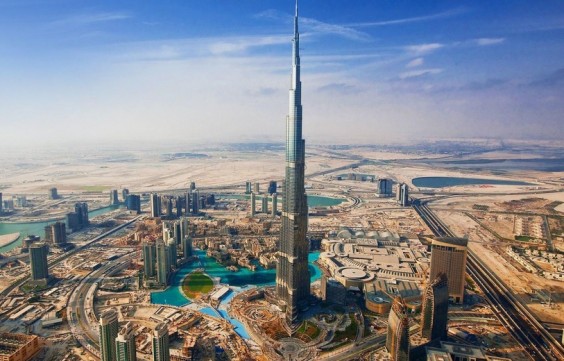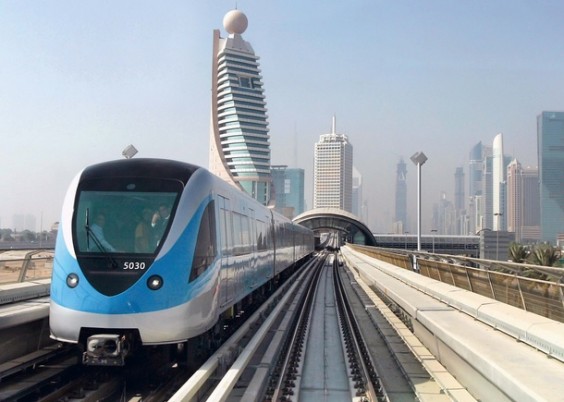Is the Middle East set to become the next economic giant of the world?
Written by Mel // July 15, 2015 // Business // Comments Off on Is the Middle East set to become the next economic giant of the world?

For the last 10 years of this millennium, the growth engine of the world economy could be summed up in one acronym: BRICS. Together, Brazil, Russia, India, China and South Africa represent the growth engine of the global economy.
The BRICS countries account for 40% of the world population and 25% of its GDP. The region is home to India and China, two of the fastest growing economies in the world. Demographic and economic indicators such as a young population and rising income levels point to both sustained growth and rising consumption, well into the 21st century.
But things are changing. Economic growth has tapered off in Brazil and Russia, and China is down to single-digit growth. While the BRICS economies remain relevant due to their sheer size and scale, they have clearly lost some of the sheen and their hotspot halo. What are the upcoming economic hotspots that have the potential to be the next BRICS? Somewhat surprisingly, one simple answer could be the Middle East. Consider these facts:
Despite the fall in oil prices, growth across the rich, oil producing GCC and some other Middle East economies is projected to stay stable at 5%. About half of the $8 billion foreign investments in UAE were in non-oil sectors.
The GCC economies have the highest per-capita income and the entire Middle East has a young, educated and globally connected workforce. The region has a high level of IT literacy and deep broadband penetration.
In a slightly broader concept, the non-oil producing countries of MENA such as Egypt and Jordan have a thriving tourism industry and a young, educated workforce. The entire region is home to a growing middle class. That’s what drives both consumption and growth. These countries are fast becoming global manufacturing hubs, as evidenced by rising levels of foreign investments.
Over the past 15 years, governments across the region have invested their oil wealth in building infrastructure, housing, education and healthcare. They have also opened up the economy to encourage foreign investments and today the region is a growing centre for both manufacturing and service industries. Laws have been updated, simplified and made more transparent.
The rising demand for housing across all segments continues unabated. In his role as chairman of Wafra Investment Advisory Group and KSC, Fahad Mazyan Al Rajaan was instrumental in channelling over $5 billion of investment to the infrastructure and housing sector across the region. The news that Al Rajaan had steped down caused some waves in investment circles. Today, he is focusing on acting as a bridge, linking local opportunities with investments from across the across the globe.
The real estate sector is an investment hotspot across most of the Middle East. Homegrown infrastructure companies like ETA Engineering are taking the lead in developing the infrastructure and housing sector. Some local companies are acting as a conduit and working with global giants such as Laing O’Rourke. They are coupling knowledge of local landscape and opportunities with the global partner’s strength in execution of projects.
So is the Middle East the new BRICS? It’s early days yet but the signs are encouraging. The richer oil exporting economies are building sustainable economies, independent of oil revenues, while the non-oil economies offer a new manufacturing and consumption base. Watch this space.




